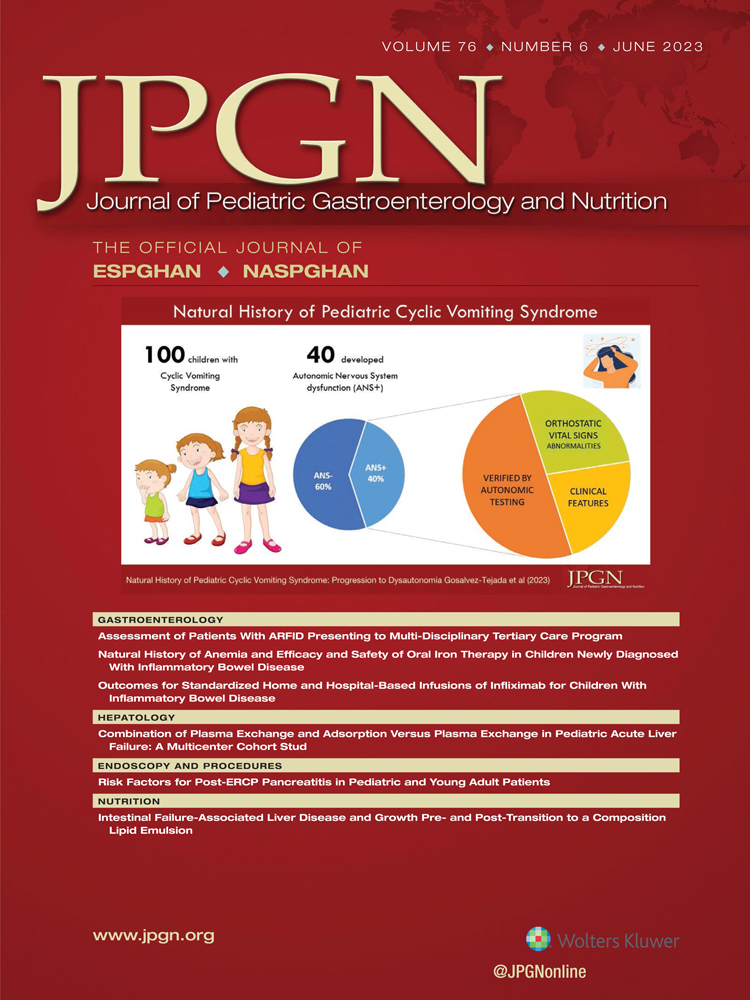Pediatric Fellowship-Trained Anesthesiologists Improve Anesthesia-Controlled Time in a Pediatric Endoscopy Suite
‡HJF funding grant, CONTRACT #: HU00012320006 start date 2/01/2023 expiring 1/31/25
Disclaimer: The view(s) expressed herein are those of the author(s) and do not reflect the official policy or position of Brooke Army Medical Center, the U.S. Army Medical Department, the Defense Health Agency, the U.S. Army Office of the Surgeon General, the Department of the Army, the Department of the Air Force, or the Department of Defense or the U.S. Government.
The authors report no conflicts of interest.
This article has been developed as a Journal CME and MOC Part II Activity by NASPGHAN. Visit https://learnonline.naspghan.org/ to view instructions, documentation, and the complete necessary steps to receive CME and MOC credits for reading this article.
Abstract
Objectives:
The objective of this study was to determine the difference in anesthesia-controlled time (ACT) between subspecialty-trained pediatric anesthesiologists and general anesthesiologists during esophagogastroduodenoscopy (EGD) and colonoscopy. We hypothesized pediatric anesthesiologists would demonstrate a shorter ACT compared to general anesthesiologists.
Methods:
We conducted a retrospective analysis of pediatric endoscopy cases requiring general endotracheal anesthesia within our pediatric sedation unit from 2017 to 2020. Demographic and procedural variables were collected and assessed for potential confounding. The imbalance in baseline variables was controlled for utilizing a generalized linear model (GLM). The GLM had a model fit of adjusted R2 = 0.146 and was statistically significant with P < 0.001. A priori power analysis was performed for a 2-tailed independent means t test with alpha = 0.05, and Power = 0.80, which revealed a minimum sample size of 64 patients per group to detect a mean difference of 3 minutes of ACT.
Results:
A total of 269 cases met inclusion criteria. Adjusted results demonstrated fellowship-trained pediatric anesthesiologists were associated with a 3.7-minute (95% CI: 2.005–5.478; P < 0.001) reduction in ACT when compared to general practice anesthesiologists. Patient age was associated with a 0.4-minute (95% CI: –0.558 to –0.243; P < 0.001) decrease in ACT for each advancing year in age.
Conclusions:
We observed an association between the subspecialty training of the anesthesiology provider and ACT for EGDs and colonoscopies. When EGDs and colonoscopies are performed under the supervision of pediatric anesthesiologists, ACT reduction potentially reduces cost and improves efficiency.




